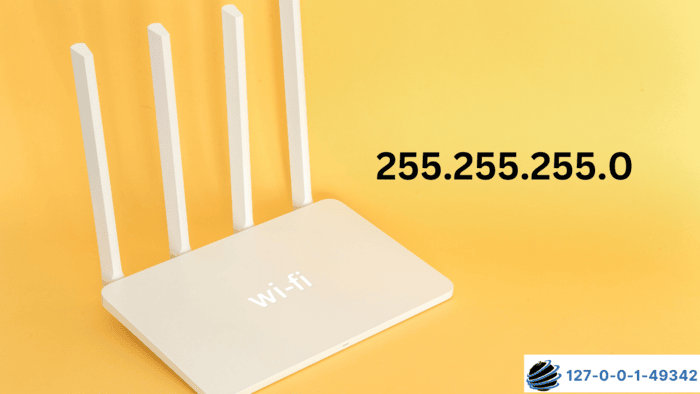The 255.255.255.0 subnet mask remains a popular choice for IPv4 networks. Many home routers rely on it to organize local traffic by dividing IP addresses into manageable segments, ensuring smooth communication between devices.
Networking professionals extensively study the 255.255.255.0 subnet mask, as it plays a key role in subnetting and IP address allocation.
Certification exams like the CCNA often include questions about its functionality, requiring a solid understanding of its purpose and applications.
By supporting up to 254 usable IP addresses, the 255.255.255.0 subnet mask provides an effective solution for small to medium-sized networks.
Small businesses, schools, and office setups frequently use it to maintain reliable communication between devices.
Its structured approach simplifies tasks such as troubleshooting and network management, making it a preferred choice for administrators.
Learning the role of the 255.255.255.0 subnet mask enhances both technical expertise and practical networking skills.
Many network setups depend on it for efficient performance, highlighting its significance in the field. Understanding how it works improves network optimization and prepares individuals for professional networking challenges.

Understanding 255.255.255.0 and Subnetting
Subnetting divides large IP address blocks into smaller sections. It improves traffic flow, minimizes congestion, and controls access between network segments. A subnet mask determines the boundaries of these smaller networks.
The binary format of the 255.255.255.0 subnet mask is:
- 11111111 11111111 11111111 00000000
The zeros in the binary format define the IP range within the subnet. For 255.255.255.0, this range covers 8 bits, providing up to 256 IP addresses. This mask is suitable for small and medium networks.
Previously, networks used classful addressing, dividing IP addresses into fixed groups: Class A, B, C, D, and E.
Each class had a specific range based on its binary value. This method was replaced by classless addressing for greater efficiency.
You can change subnet masks to make smaller subnets. For instance, using 255.255.255.128 limits the range to 128 addresses.
It helps allocate IP addresses more effectively and supports efficient network scaling. Subnetting is a key method for organizing and managing IP address spaces.
Subnetting with 255.255.255 Mask Prefix
| Mask | Hosts in Each Subnet | Number of Subnets |
| 255.255.255.192 | 62 | 4 |
| 255.255.255.248 | 6 | 32 |
| 255.255.255.240 | 14 | 16 |
| 255.255.255.0 | 254 | 1 |
| 255.255.255.224 | 30 | 8 |
| 255.255.255.128 | 126 | 2 |
| 255.255.255.252 | 2 | 64 |
A wrongly configured subnet mask, also known as a netmask, might prevent internet access.
Subnets and CIDR
The classful addressing method led to wasted IP addresses. Large organizations and internet providers kept address blocks that others couldn’t use.
In the 1990s, the internet moved to classless IP networking to better manage IPv4 addresses and improve allocation.
Classless networks simplify traditional subnet formats into a compact notation. Classless Inter-Domain Routing (CIDR) combines an IP address and its network mask in the format:
- xxx.xxx.xxx.xxx/n
Here, “n” indicates the count of 1 bit in the mask, ranging from 1 to 31.
CIDR supports flexible IP allocation by linking network masks to IP addresses without relying on fixed classes. CIDR routers treat these as distinct routes, even when they combine multiple subnets.
Network Classes
InterNIC, which manages internet domains, classifies IP addresses. Classes A, B, and C are the most common. Class C networks use the default mask of 255.255.255.0.
255.255.255.0 as an IP Address
Devices recognize 255.255.255.0 as a mask, not as an IP address. Attempting to use this number (or any starting with 255) as a device IP will cause the network connection to fail because of the defined IP address ranges.
